- MENU
- HOME
- SEARCH
- WORLD
- MAIN
- AFRICA
- ASIA
- BALKANS
- EUROPE
- LATIN AMERICA
- MIDDLE EAST
- United Kingdom
- United States
- Argentina
- Australia
- Austria
- Benelux
- Brazil
- Canada
- China
- France
- Germany
- Greece
- Hungary
- India
- Indonesia
- Ireland
- Israel
- Italy
- Japan
- Korea
- Mexico
- New Zealand
- Pakistan
- Philippines
- Poland
- Russia
- South Africa
- Spain
- Taiwan
- Turkey
- USA
- BUSINESS
- WEALTH
- STOCKS
- TECH
- HEALTH
- LIFESTYLE
- ENTERTAINMENT
- SPORTS
- RSS
- iHaveNet.com
David LaGesse
If the '90s were the Internet era, maybe the '00s were the mobile decade. Technology packed ever more power into ever smaller devices, putting portable electronics at the leading edge of innovation this decade.
Shrinking tech unshackled the Web from PCs, PCs grew small enough for a clutch purse, and high-quality cameras fit comfortably in a hip pocket. Even video games, once the hypnotizer of only the young and pudgy, were unchained for a new form of freewheeling, arm-flinging family fun.
With freedom of movement in mind, here are the top tech innovations of 2000-2009:
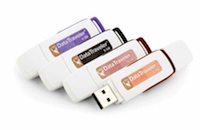
Thumb drive (2000)
The now ubiquitous key drives, or thumb drives, hit the market in early 2000 through a Singapore company called
The first models held only 8 megabytes, which pales next to today's top drives with 32 gigabytes. But that 8 MB was eight times the capacity of a floppy disk, then the standard for moving data via a hand or pocket and a "sneaker net."
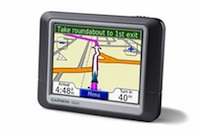
GPS (2000)
The little screens that now guide drivers and hikers through their respective wilds were technically possible before the millennium.
Just ask the military. But in
The result was an explosion in GPS devices (including
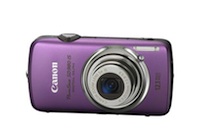
Digital Elph (2000)
Digital cameras were around in the 1990s. But they were clunky compared to the PowerShot S100 Digital Elph from Canon, which set the standard for truly pocketable point-and-shoots. A steel case added to the camera's sleek look, which is echoed 10 years later in snapshot models from Canon and others. The camera also captured a hefty 2 megapixels of data, producing 4-by-6 prints that rivaled those from film models. Cameras have gotten even thinner and more powerful, but none were more influential.
[Here are tips for buying the perfect digital camera.]
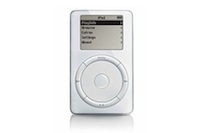
iPod (2001)
Not even Apple knew the runaway hit it would have with its MP3 music player.
The groundbreaking "click wheel" simplified navigation through thousands of songs, and the partner iTunes software made a huge leap in easily linking the portable player to a desktop computer. The software initially worked only on Macs, as some say that Apple saw the player as an incentive for its computer sales. The company soon saw too much gold in the iPod itself and made iTunes compatible with Windows PCs. After announcing the iPhone, Apple dropped "computer" from its company name.
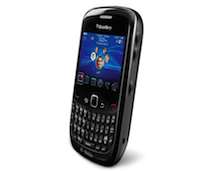
BlackBerry smartphone (2002)
The BlackBerry had already become a corporate favorite for its wireless E-mail.
But the brand took off when
The BlackBerry 5810 started it all in 2002--though you needed a headset to make calls because that first RIM smartphone had no microphone or speaker.
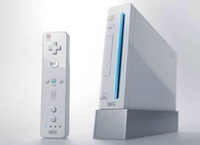
Wii (2006)
Video-game consoles leapt forward this decade with the computing power of the Sony PlayStation 3 and the online play of
The fun drew new gamers as parents and even grandparents finally joined kids at a console.
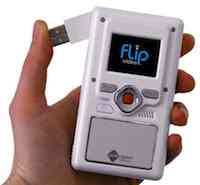
Flip (2007)
A small Silicon Valley company called Pure Digital proved once again that upstarts often generate the most innovative tech.
In this case, it was a camcorder that was not only small and inexpensive but incredibly simple to use. One red button started recording onto built-in memory, while a pop-out USB connector and software made it drop-dead simple to share clips across the Internet. All that, and the video looked surprisingly good. No zoom, no white-balance settings, and no external mike jack might seem limiting, if the simplicity weren't so freeing.
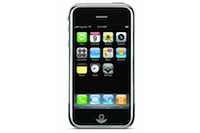
Apple iPhone (2007)
Apple brought the polish and simplicity of the iPod and its Mac computers to the smartphone, a device that was groaning under the
weight of its abilities. The iPhone runs a version of the software that had already made Macs the most satisfying computer to use.
Apple further simplified its face and added sensors that gave the impression that the handset understood what the user wanted. The
company later layered on its
The combination of hardware, software, and store has drawn a flood of programmers who have generated more than 100,000 applications.
Even now, despite growing competition from giants like
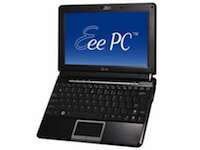
Netbook (2007)
A company better known for making computer components, Asus decided it could develop a tiny, cheap laptop for students in developing countries. Instead, the Taiwanese manufacturer couldn't produce enough of its Eee PC to meet the demand from smitten consumers in Europe and North America.
The company soon expanded the 7-inch screen to a 9-inch model that was even more popular, and Asus and competitors seem to have found a lasting sweet spot with 10- and 11-inch versions. While bigger, the netbooks remain light and inexpensive.
The idea is that mobile users mostly work through Web browsers and don't need more room and power.
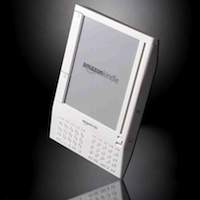
Amazon Kindle (2007)
Online bookstore Amazon built its business on efficient shipping, but nothing beats the instant and wireless downloads into the Kindle reader. Oh, and they're cheaper, with many bestselling books discounted to $10. Or get today's papers and this week's magazines silently delivered, ready for consuming through the easy-to-read digital ink.
It was that "whispernet," as Amazon calls it, that made the Kindle E-book reader such a standout from earlier competitors. A slew of
new competitors are emerging, and the Kindle may not prove the dominant player against the likes of